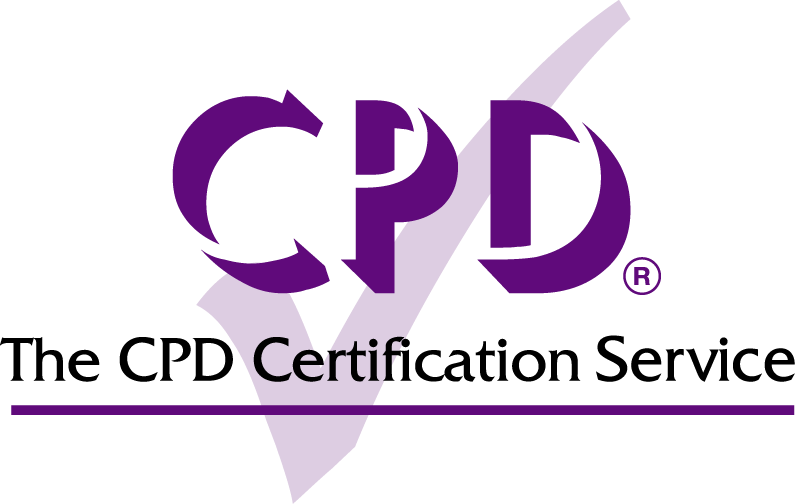







Harley Elite Academy offers both in-clinic and online aesthetic training courses, designed for medical and non-medical professionals seeking excellence in cosmetic medicine. Our classes combine advanced theoretical knowledge with hands-on practical experience, ensuring you master the latest techniques in facial aesthetics, dermal fillers, and anti-wrinkle treatments. Our industry-leading cosmetic training courses are meticulously structured to provide:
Whether you're seeking foundation Botox courses, advanced training, or comprehensive aesthetic courses for beginners, our CPD-accredited programs deliver the expertise needed to excel in this competitive field. Each aesthetic training course includes live model practice in our CPD-registered aesthetic training facility, ensuring confidence in real-world applications.
When you choose Harley Elite Academy for medical aesthetics training courses, you benefit from our unwavering commitment to training excellence:
Expert Instructors
Our trainers are aesthetics experts & practising clinicians with extensive experience in advanced aesthetic procedures. They bring real-world expertise and practical insights to ensure your learning is directly applicable to clinical practice.
Evidence-Based Approach
All techniques taught are grounded in sound anatomical principles and supported by clinical evidence. We prioritise methods with proven safety profiles and demonstrated efficacy.
Premium Training Environment
Our purpose-designed training facility in Harley Street provides the ideal setting for advanced learning, equipped with state-of-the-art technology and clinical resources.
Training Courses for Medical Professionals & Non-Medical
We are an elite academy & leading provider of aesthetics courses that provide a wide selection of cosmetic and aesthetic training courses in aesthetic medicine training ranging from, dermal filler and botox training, cosmetic injectables, BBL training, to micro & nano fat transfer.
Ongoing Professional Development
Your relationship with Harley Elite Academy continues beyond the course completion. We offer pathways for continued skill refinement and specialisation in aesthetic medicine.
Recognised Qualification
Our advanced CPD Level 7 certification is respected throughout the UK aesthetics industry, signalling to clients and colleagues your commitment to excellence in all types of procedures.
Botox is the brand name for botulinum toxin type A, a purified neurotoxin derived from the bacterium Clostridium botulinum. While this bacterium can cause botulism (a serious form of food poisoning), the medical formulation of botulinum toxin is highly refined and used in controlled, therapeutic doses that are completely safe when administered properly.
Originally developed in the 1970s for treating eye muscle disorders, Botox has become one of the most versatile treatments in modern medicine, with applications ranging from life-changing neurological therapies to popular cosmetic procedures.
How Botox Works: The Science Behind Muscle Relaxation
Botox works by targeting the communication pathway between nerves and muscles. The process involves blocking acetylcholine, a neurotransmitter that normally signals muscles to contract. When Botox is injected into a specific muscle, it prevents the release of acetylcholine at nerve endings, effectively stopping the communication between nerves and muscles. This results in temporary muscle relaxation and paralysis of the targeted area.
Effects typically begin within 3-7 days after injection and reach peak effectiveness around 2 weeks. The precision of this mechanism allows doctors to target specific muscles while leaving surrounding areas completely unaffected, making it both safe and highly effective for medical and cosmetic applications.
Medical Applications: Life-Changing Treatments
Neurological Conditions:
Botox provides relief for numerous neurological disorders including dystonia (involuntary muscle contractions causing painful spasms), spasticity following stroke or spinal cord injury, hemifacial spasm (uncontrollable facial twitching), cervical dystonia (painful neck muscle contractions), and blepharospasm (uncontrollable eyelid spasms). For many patients, these injections represent the difference between debilitating symptoms and normal daily function.
Chronic Pain Management:
The FDA has approved Botox for chronic migraine treatment in patients experiencing 15 or more headache days per month. It's also used off-label for temporomandibular joint disorder (TMJ), providing significant relief from jaw pain and dysfunction. Additionally, it helps treat myofascial pain syndrome, a chronic condition characterized by muscle pain and trigger points.
Bladder and Bowel Conditions:
Botox effectively treats overactive bladder by reducing urgency, frequency, and incontinence episodes. It's particularly beneficial for patients with neurogenic bladder due to spinal cord injuries or multiple sclerosis. The treatment can also help with anal fissures by relaxing the anal sphincter to promote healing.
Hyperhidrosis (Excessive Sweating):
For individuals suffering from excessive sweating, particularly in the underarms, palms, and feet, Botox injections can provide months of relief by blocking the nerve signals that stimulate sweat glands.
Cosmetic Applications: Aesthetic Enhancement
Botox is most widely known for its cosmetic applications, where it smooths dynamic wrinkles caused by repetitive muscle movements. The most common treatment areas include forehead lines, crow's feet around the eyes, frown lines between the eyebrows (glabellar lines), and bunny lines on the nose. It can also be used for a "lip flip" to enhance the upper lip's appearance and to treat a gummy smile by relaxing muscles that pull the upper lip too high.
Beyond facial treatments, cosmetic Botox can address neck bands (platysmal bands), provide a subtle brow lift, and even slim the jawline by relaxing the masseter muscles.
The Treatment Process
Botox treatments are minimally invasive outpatient procedures typically taking 10-15 minutes. Using ultra-fine needles, the practitioner injects small amounts of botulinum toxin into specific muscles. Most patients describe the sensation as similar to a small pinch or bee sting. No anesthesia is required, and patients can return to normal activities immediately after treatment.
Duration and Maintenance
Botox effects are temporary, typically lasting 3-6 months depending on the individual, treatment area, and dosage used. As the effects gradually wear off, muscle movement slowly returns to normal. To maintain results, patients typically schedule follow-up treatments every 3-4 months. Interestingly, some patients find they need treatments less frequently over time as the muscles become "trained" to contract less forcefully.
Safety Profile and Side Effects
When administered by qualified professionals, Botox has an excellent safety record spanning over three decades of medical use. Common side effects are typically mild and temporary, including slight bruising at injection sites, temporary headache, or flu-like symptoms. More specific side effects might include temporary drooping of the eyelid or eyebrow if injected near these areas, or temporary weakness in nearby muscles.
Serious adverse effects are rare but can include difficulty swallowing, speaking, or breathing if the toxin spreads beyond the injection site. This is why proper training and experience in injection techniques are crucial for practitioners.
Who Should Avoid Botox
Botox is not recommended for pregnant or breastfeeding women, people with certain neuromuscular disorders (such as myasthenia gravis or Lambert-Eaton syndrome), those with allergies to botulinum toxin or albumin, or individuals taking certain medications that could interact with the treatment. A thorough medical consultation is essential before any treatment.
Choosing the Right Provider
The success and safety of Botox treatments depend heavily on the skill and experience of the practitioner. Patients should seek board-certified dermatologists, plastic surgeons, or other qualified medical professionals who have extensive training in facial anatomy and injection techniques. The cheapest option is rarely the best choice when it comes to medical treatments affecting your appearance and health.
Cost Considerations
Botox costs vary significantly based on geographic location, provider experience, and treatment area. Cosmetic treatments typically range from $300-$800 per session, while medical treatments may be partially covered by insurance when deemed medically necessary. Patients should factor in the ongoing nature of treatments when considering the total investment.
Future Developments
Research continues into new applications for botulinum toxin, including depression treatment, overactive bladder in children, and various other medical conditions. Longer-lasting formulations and alternative delivery methods are also being investigated, potentially extending the time between treatments.
Conclusion
Botox represents one of modern medicine's most versatile treatments, offering solutions for both serious medical conditions and cosmetic concerns. Its safety profile, when properly administered, combined with its effectiveness across numerous applications, has made it an invaluable tool in medical and aesthetic practice. Whether used to treat debilitating neurological conditions, chronic pain, or unwanted wrinkles, Botox continues to improve quality of life for millions of patients worldwide.
The key to successful Botox treatment lies in proper patient selection, realistic expectations, and treatment by qualified professionals who understand both the science behind the product and the artistry required for optimal results.